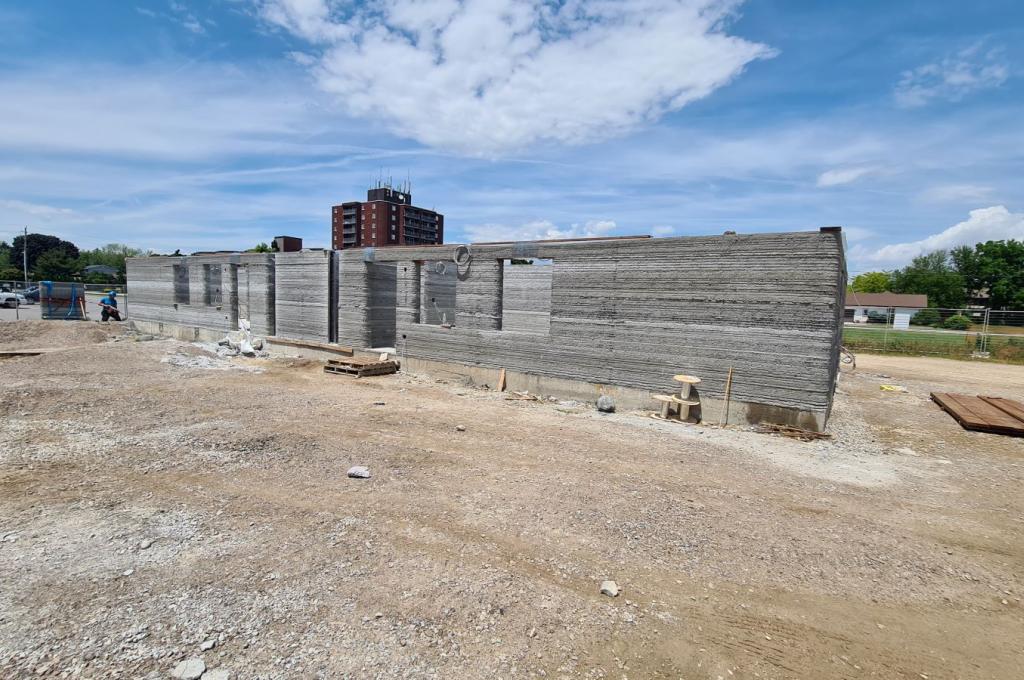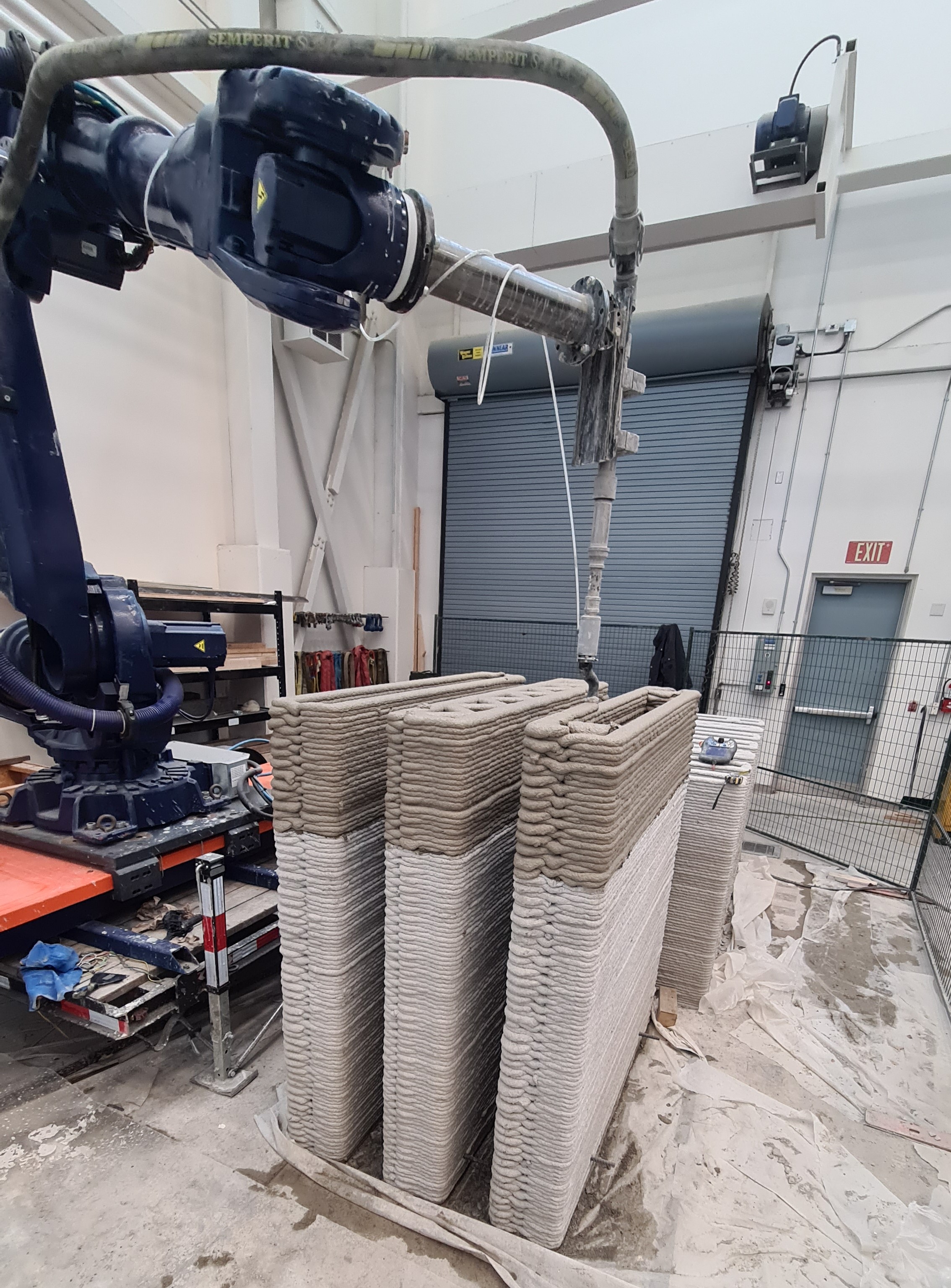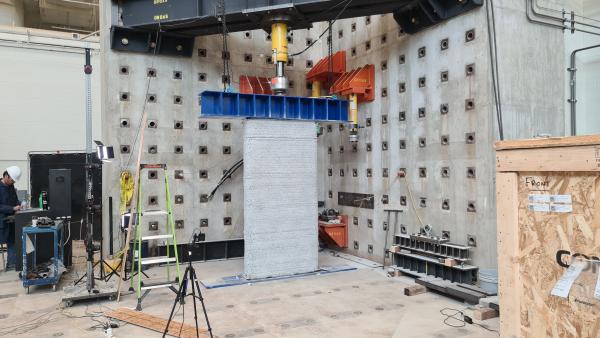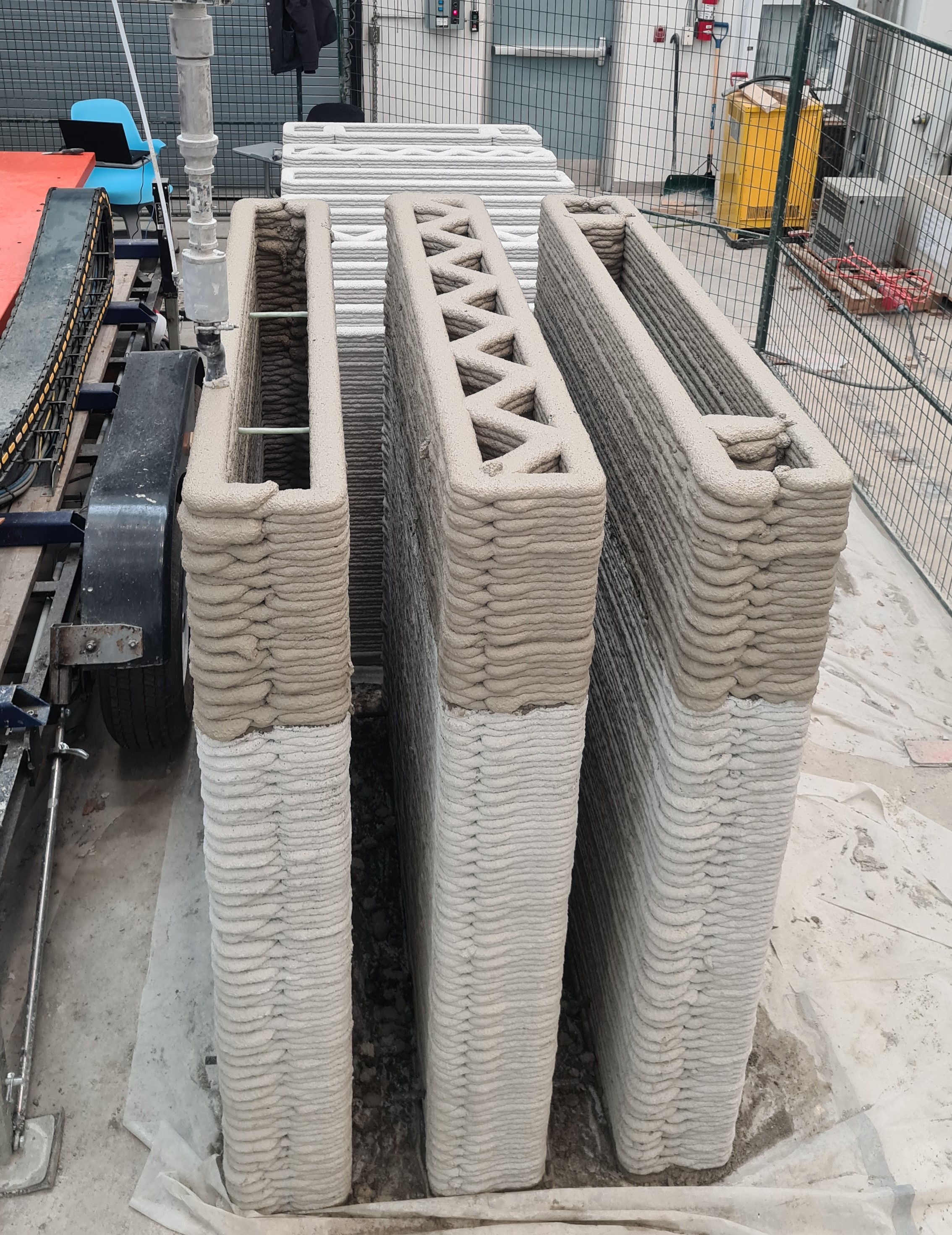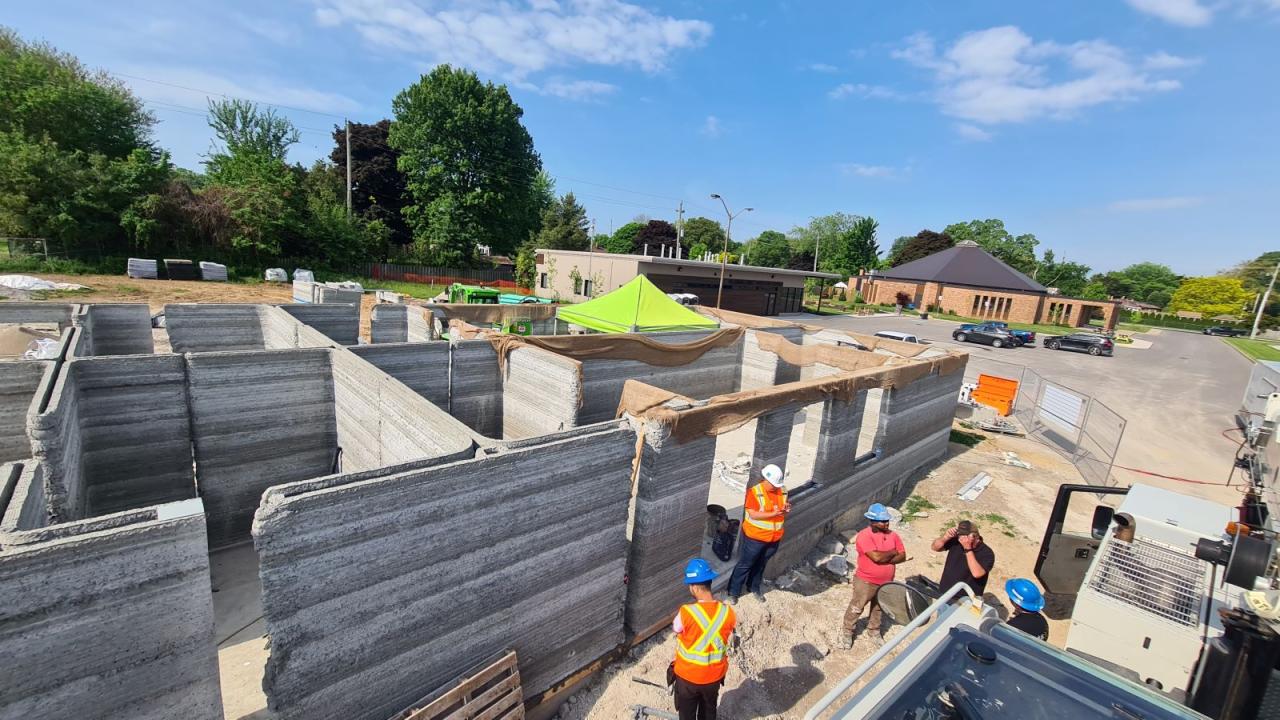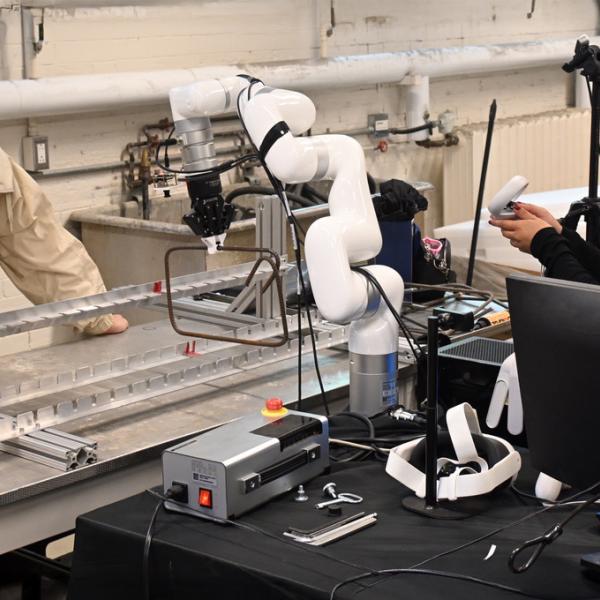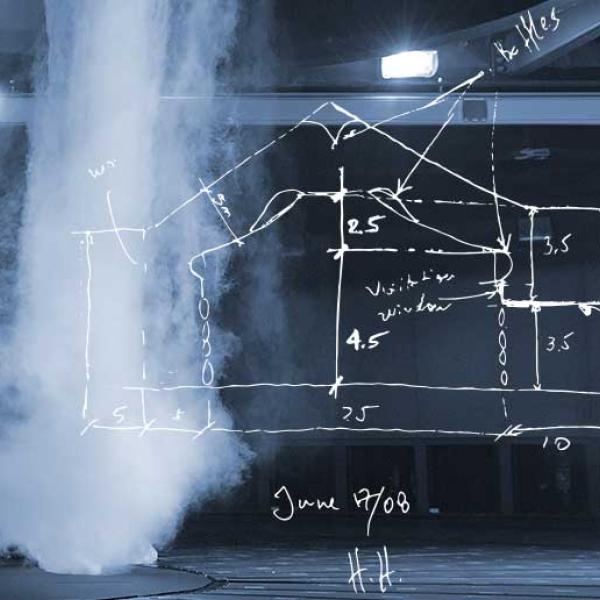Related Stories
Quebec
A robo-lutionary way to build homes faster
How smart, mobile robots could solve the labour shortage that’s crippling Canada’s construction industry
Ontario
Trailblazing company turns chaff to caff
With help from a University of Guelph lab, a small business in southern Ontario is finding opportunity in agricultural waste
Ontario,Quebec,Alberta
PART I: Innovation starts with an idea
Reinventing wind science, from sketch to engineering revolution. Western University.


